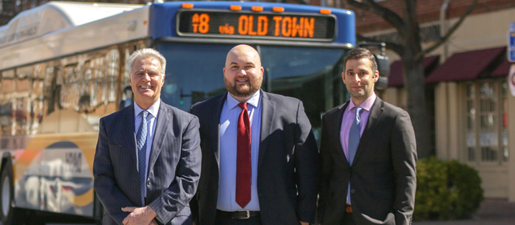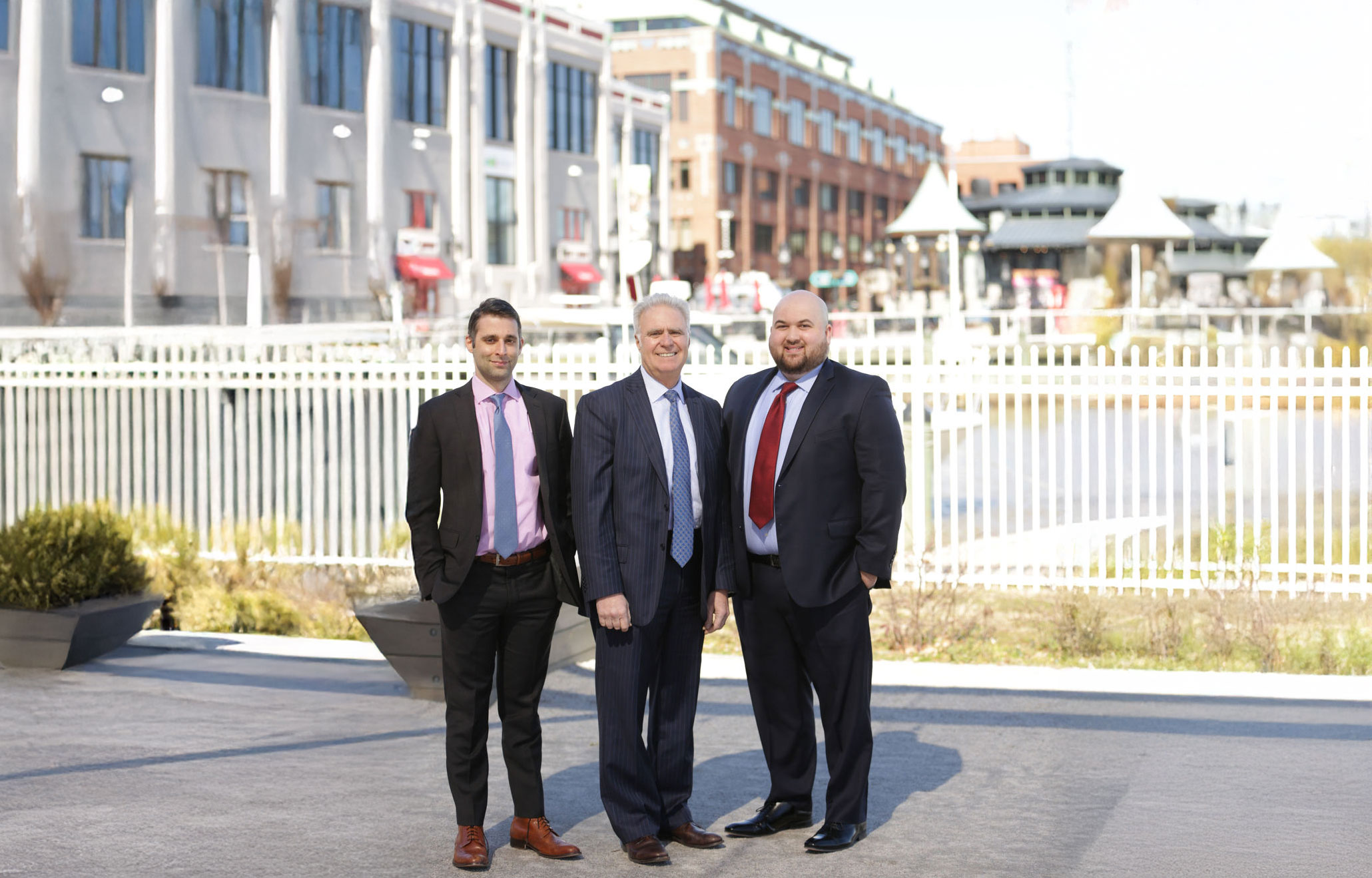
When a major car crash occurs in Virginia and there are clear injuries, the police should respond to the scene to assist those involved. However, there are situations when the police may request you handle the accident on your own to prioritize other calls. If this happens to you, here are some tips to help ensure your safety and protect yourself in the case of any future claims.
When Is Law Enforcement Absolutely Necessary?
According to the Virginia Department of Transportation (VDOT), you should notify law enforcement if any of the following apply:
- There are injuries or fatalities
- Vehicles cannot be moved
- One of the drivers appears intoxicated
- Damage exceeds $1,500
- A driver is uninsured
- A driver leaves the scene
If you or any party are clearly injured, police should be called to the scene and a police report should be filed. A police report serves as an essential foundation for any personal injury claim. It documents key facts, statements from involved parties and witnesses, and helps establish liability. Insurance companies heavily rely on these reports when assessing claims and determining fault, even though they are inadmissible evidence in Virginia under Virginia Code § 46.2-379. If the police do not arrive at the scene, the burden of gathering evidence falls on you.
Steps to Take After an Accident When Police do not Arrive at the Scene
- Stay Safe but Stay Close
Under Virginia Code § 46.2-894, all drivers involved in a crash that results in injury, death, or property damage must stop as close to the scene as possible, exchange information, and report the accident if necessary (see above). Failure to do so can result in serious legal consequences, including hit-and-run charges.
If possible, turn off your hazards and move your vehicle to the nearest safe location to avoid obstructing traffic. Nearby parking lots, less busy side streets, or the right shoulder is best practice. If you are still on a road, keep your hazards on, set up flares, or lift your trunk to alert other drivers. If you must exit your vehicle, stay away from traffic and remain on the right side of the road. It is common for a minor accident to turn into a tragedy when oncoming traffic causes subsequent crashes or hits someone who steps out of their car after an accident.
- Exchange Information with the Other Driver(s)
Ensure you get the following details from all involved drivers, taking a picture is a quick and easy way to store this information for later use:
- Full name, address, & driver’s license number
- Phone number
- License plate number
- Vehicle make, model, and year
- Insurance provider and policy number
If the other driver refuses to cooperate or flees the scene, try to record their license plate number and any identifying details about them and their vehicle.
- Gather Evidence at the Scene
Without a police report, comprehensive documentation becomes even more critical. Take the following steps:
- Photograph Everything: Capture images of all vehicles involved, license plates, the surrounding area, visible damage, road signs, photographs of the driver’s license, and any relevant traffic signals. An example that comes to mind is an accident where a young teen caused a crash, and her mother got to the scene before the police; then claimed she was the one driving. Perhaps her daughter was not old enough to drive? Picture proof of the initial scene may have prevented a lot of “he said, she said” back and forth after the fact.
- Record Video Footage: A video can provide a real-time account of the scene and document any statements made by drivers or witnesses.
- Collect Witness Information: If there were any bystanders, ask for their names and contact details. Their accounts can support your version of events.
- File a Report with the Virginia DMV and Your Insurance
Even if the police do not respond, you should still report the crash to the Virginia Department of Motor Vehicles (DMV) and your insurance company.
Reporting an accident to the Virginia DMV can be beneficial, even though there is a nominal $8 fee. It creates an official record of the crash and helps verify the other driver’s insurance status. This is especially important if you notice an expired date or a different name on the policy and/or if you suspect they may be uninsured. According to their site, “The DMV will send a request for insurance information to the owner of the other vehicle specified in the report. If the owner of the other vehicle fails to respond or is found to have no insurance, an order of suspension is issued for the owner.”
Providing a thorough and accurate account to both your insurance and DMV will support any future claims.
- Seek Medical Attention and Consult with an Experienced Personal Injury Attorney
Even if you initially feel fine, injuries such as whiplash, concussions, or internal damage may take time to manifest. So often injuries do not come to light until days after an accident due to adrenaline masking pain, delayed inflammation, or the body’s natural stress response. Even something as ringing in the ears or sensitivity to light can be a sign of brain trauma but may be overlooked with the stress of auto repairs and paperwork. Seeking medical care as soon as possible not only protects your health but also establishes a documented link between the accident and any injuries.
If the police did not respond to your accident, and your injuries did not present itself until days after, rest assured you can still pursue a personal injury claim. An experienced attorney can help gather any additional evidence, build a strong case, and advocate for your rights against insurance companies.
About Curcio Law
At Curcio Law, we understand the challenges of navigating personal injury cases without a police report. If you or a loved one have been in an accident where police did not arrive, contact us for a free consultation. Our team is here to ensure you receive the maximum compensation and insurance coverage you deserve.

